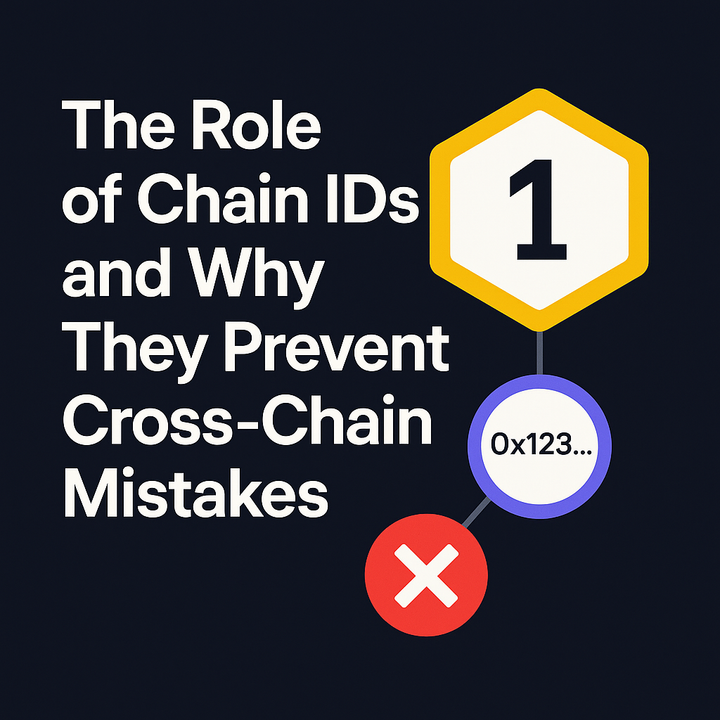EigenLayer’s Restaking Economy Hits $25B TVL—Too Big to Fail?

Introduction
EigenLayer’s restaking ecosystem has officially crossed $25 billion in total value locked (TVL)—a staggering figure that cements it as one of Ethereum’s most consequential Layer 2 and middleware protocols. By allowing staked ETH to be rehypothecated across other services (or “Actively Validated Services,” AVSs), EigenLayer has unlocked a new meta in DeFi: one asset, many yields.
But as the protocol grows, so do the questions. Can a system designed to “stack security” avoid stacking risk? Is EigenLayer a force multiplier for Ethereum’s modular future—or a systemic point of failure with too much leverage and not enough fail-safes?
What Is Restaking, Really?
At its core, restaking lets ETH that's already staked on Ethereum’s consensus layer be pledged again—this time to secure other networks or applications. EigenLayer acts as the coordination hub, letting these AVSs tap into Ethereum’s validator set without spinning up their own.
It sounds simple, but the implications are massive:
- Validators can earn more from the same capital.
- New protocols can bootstrap trust without building a validator network from scratch.
- Ethereum becomes a security-as-a-service platform—stretching its economic security beyond Layer 1.
This model has been hailed as a catalyst for the modular blockchain movement, enabling a thriving middle layer of oracles, bridges, rollups, and novel coordination games. But it also introduces new types of dependencies—and vulnerabilities.
The Rewards: Capital Efficiency and Ecosystem Scale
From an economic perspective, restaking is brilliant.
Instead of locking ETH away for a single purpose, EigenLayer turns staked ETH into a yield-generating multitool. This attracts:
- Validators seeking extra returns without needing new hardware.
- Protocols wanting to outsource trust to Ethereum.
- Users looking for yield on LSDs (liquid staking derivatives) like stETH and cbETH.
The $25B milestone shows the market's confidence. Projects like Ethos, AltLayer, and EigenDA are already building atop EigenLayer. The system also encourages decentralized trust markets—letting apps choose their own validator sets, slashing conditions, and economic guarantees.
EigenLayer isn't just a product—it's becoming an entire trust economy.
The Risks: Correlation, Slashing, and Complexity
But stacking yield also means stacking risk.
1. Slashing Uncertainty
Validators are now exposed to multiple slashing conditions across AVSs. What happens if one AVS behaves maliciously or defines slashing poorly? Collateral damage could ripple across the whole restaking network—even to AVSs that did nothing wrong.
2. Systemic Correlation
If multiple AVSs rely on the same validator set and a large validator is penalized (or exits), several services could degrade simultaneously. This is the DeFi equivalent of “too big to fail” risk—economic security bundled in ways that amplify shocks.
3. Governance Bottlenecks
Who gets to define slashing conditions? How are validator misbehaviors detected or challenged? EigenLayer’s model puts enormous weight on governance clarity—and we’re still in the early innings of those systems being stress-tested.
4. Rehypothecation on Rehypothecation
We’re seeing protocols offering restaked points, LRTs (liquid restaking tokens), and restaked baskets. When yield-bearing assets are layered and abstracted, you lose transparency—and increase the chance of cascading failures, just like in the 2008 financial crisis.
EigenLayer’s Dominance: Strength or Weak Point?
The flip side of $25B TVL is network centrality. EigenLayer’s restaking meta is becoming a core economic layer in Ethereum’s modular stack. This gives it incredible power—but also makes it a single point of systemic concern.
- If a major bug, exploit, or slashing cascade hits EigenLayer, the fallout wouldn’t just affect AVSs—it could also impact staked ETH yields and LSD peg stability.
- If regulators begin targeting synthetic yield or leverage-on-leverage, EigenLayer may find itself in the crosshairs of new compliance battles.
Ethereum’s strength has always been in permissionless composability. EigenLayer stretches that to include security composability—which could be revolutionary, or catastrophic, depending on the implementation and stress tests to come.
What Comes Next: Guardrails or Growth?
With more AVSs launching and restaking assets like stETH, weETH, and Ether.fi rETH flowing into EigenLayer, the restaking economy is now a critical pillar of crypto’s evolving infrastructure. But to scale safely, several things need to happen:
- Slashing Transparency: AVSs must standardize slashing rules and make them clear to delegators and validators.
- Insurance Mechanisms: Protocol-native or external backstops will be essential to manage risk in the event of cascading failures.
- LRT Audits & Ratings: As LRTs (like eETH or rsETH) proliferate, the ecosystem will need risk frameworks and credit-like ratings to help users make informed decisions.
- Validator Education: Not all validators are ready to juggle slashing conditions across 5+ AVSs. Clear dashboards, risk models, and optionality must improve.
If these measures are adopted, EigenLayer may evolve into Ethereum’s version of AWS—a trust layer that modular protocols rent rather than build. If they’re ignored, it risks becoming crypto’s own Lehman moment, with systemic fragility hidden behind TVL growth.
Conclusion: Bigger Than DeFi, But Not Invincible
EigenLayer has opened a new era in crypto—where trust becomes liquid, programmable, and rentable. Its $25B TVL is a sign of faith from the market. But it’s also a warning: we’ve never had this much inter-protocol dependence on a shared validator set before.
The restaking economy offers massive upside: capital efficiency, modular scale, and new revenue streams. But if left unchecked, it also brings shadow risks that could unravel not just AVSs, but parts of Ethereum itself.
So is EigenLayer too big to fail?
Not yet. But it's certainly too big to ignore.
Internal Mitosis Links & Glossary References
- Bitcoin
- Blockchain
- Cryptocurrency
- Mitosis Core: https://university.mitosis.org/mitosis-core
- Governance: https://university.mitosis.org/governance
- Glossary: https://university.mitosis.org/glossary/
- Ecosystem Connections: https://university.mitosis.org/ecosystem-connections



Comments ()